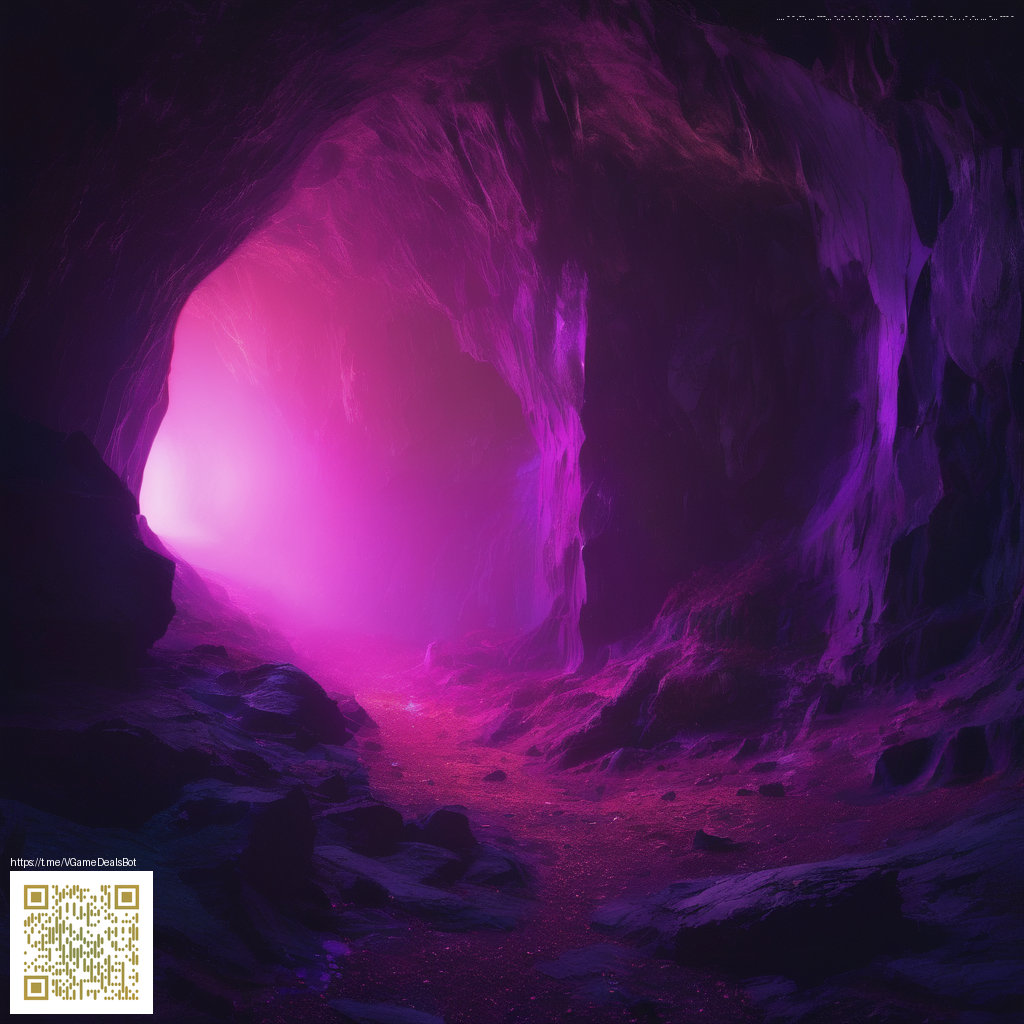The Evolution of Boss Fights: From 8-bit to Immersive Experiences
Boss battles have long served as the showcase moments in game design—moments where skill, timing, and wit collide to create memorable triumphs. From the pixelated corridors of early arcades to the cinematic showdowns of today, these encounters encode a social contract: you rise to the challenge or you learn from defeat. As hardware and design language evolved, so did the expectations players bring into every encounter. What started as a test of pattern recognition has transformed into a holistic experience that blends narrative weight, dynamic systems, and tactile feedback.
8-bit Roots: Patterned Puzzles and Timing
In the earliest days of gaming, boss fights were constrained by memory, CPU cycles, and tiny sprites. Designers leaned into predictable sequences and sharply telegraphed moves to keep fights fair while still tense. The thrill came from memorization: learning each attack window, predicting the boss’s next move, and surviving long enough to see the victory screen. The result was a cadence—a rhythm of risk and relief—that trained players to read the screen with almost second nature.
Designers discovered that tension could be engineered through rhythm: a dance of danger that rewarded patience and practice.
From 16-bit to 3D: Expanding Scale and Complexity
As games grew more capable, bosses expanded beyond tiny arenas into multi-phase conflicts with evolving tactics. We saw bosses that changed forms, altered attack patterns, and leveraged the environment as a weapon. The jumps from 2D to 3D opened space for dramatic entrances, dynamic camera work, and staggered pacing—moments designed to feel cinematic rather than simply challenging. These shifts made boss encounters not just tests of reflexes but stories in motion, where each phase revealed a new facet of the antagonist and a new strategy for the player to master.
Environmental design started to work in tandem with the boss’s mechanics, turning the setting into a player-driven ally or foe. A platform edge becomes a trap; a lava pit becomes a risk to navigate during a tight timing window. The result is a sense of progression within a fight, where the stakes scale with the player’s growing confidence and skill.
Immersive Design in the Modern Era
Today’s boss fights aim for immersion as a design mandate. Bosses often respond to play style, offering branching paths, adaptive pacing, and non-linear outcomes. We encounter multi-stage encounters where the boss’s behavior shifts based on how we engage—sometimes encouraging aggression, other times rewarding defensive discipline. Sound design, visual cues, and narrative stakes all synchronize to heighten the impression of a living world rather than a mere obstacle course. Accessibility options—adjusting speed, hit windows, or damage taken—help ensure that players with varied abilities can experience the same dramatic payoff.
With this evolution comes a broader philosophy: players want agency, meaningful choice, and a sense that their decisions matter within the story the game is telling. The most enduring boss battles blend clever mechanical design with a pulse of storytelling, so the encounter remains memorable long after the screen fades to black.
Peripherals as Precision Enablers
Beyond clever design, the hardware you use shapes how cleanly you can translate intention into action. A stable mouse surface, precise tracking, and consistent grip reduce micro-mistakes during tight moments, turning near-misses into informed decisions. For enthusiasts chasing that edge, a dedicated accessory can make a real difference. For example, the Gaming Mouse Pad - 9x7 Neoprene Custom Graphics, stitched edge, offers a reliable baseline for fluid, controlled movements that help keep your focus on the boss’s patterns rather than your own cursor jitters. Product page.
To appreciate the broader arc of boss design, take a look at a visual timeline of how encounters have evolved across eras. A concise reference can be found here: https://tourmaline-images.zero-static.xyz/53acdc93.html.
